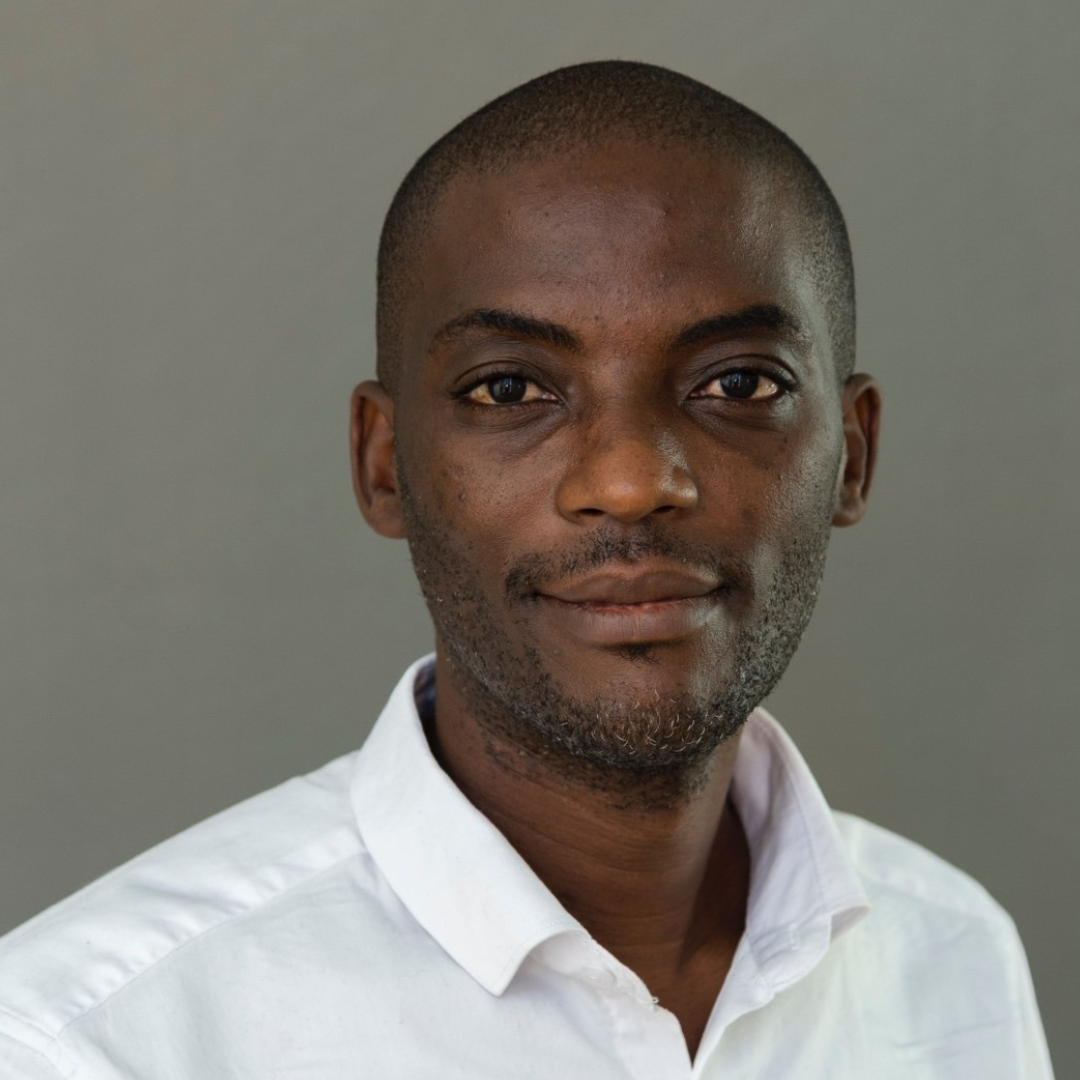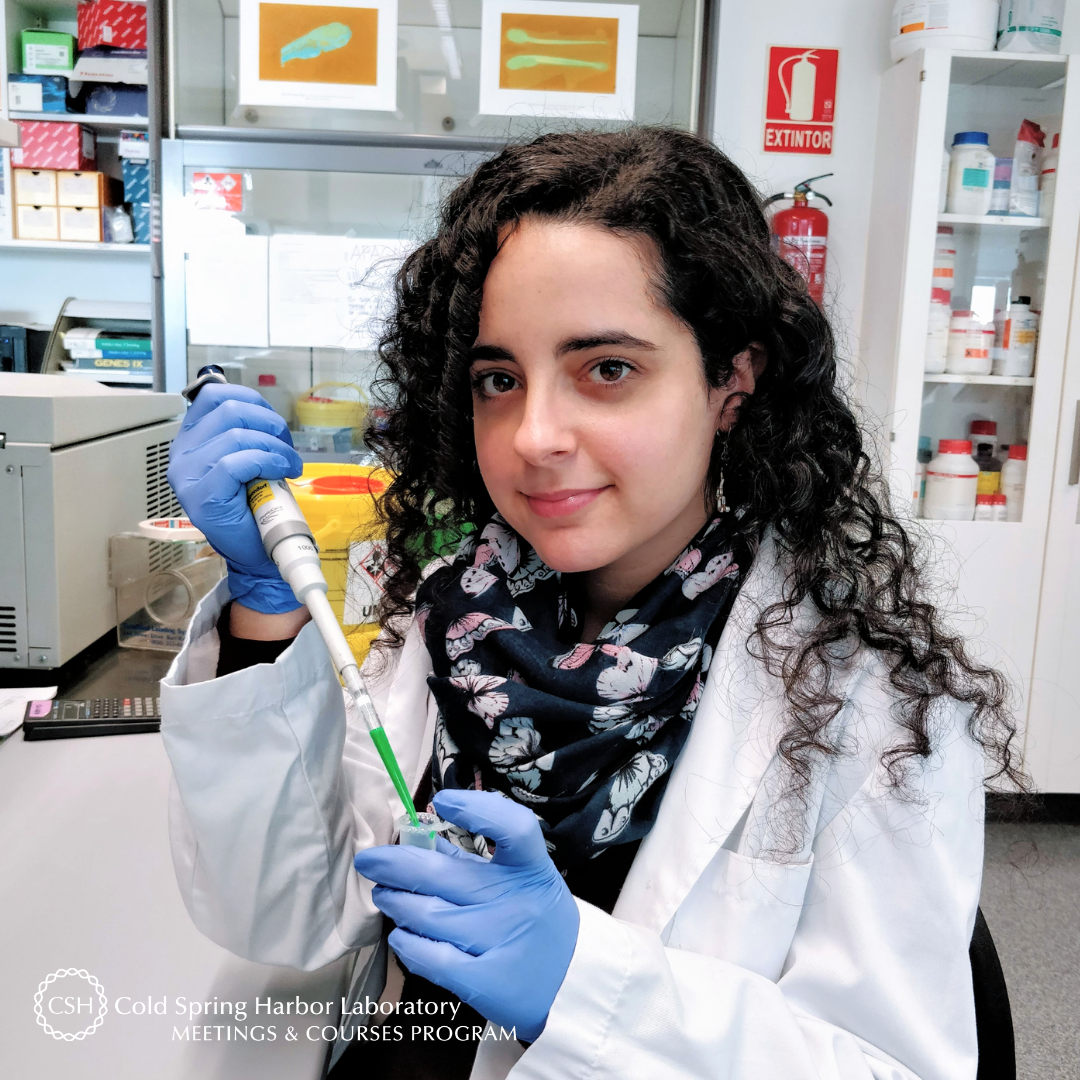Meet Allison Jevitt of the Oklahoma Medical Research Foundation. The postdoctoral researcher in Dr. Susannah Rankin’s lab participated in the 2021 virtual meeting of Eukaryotic DNA Replication & Genome Maintenance and is back, but this time it is for a course and in person, Cell & Developmental Biology of Xenopus: Gene Discovery & Disease! This was her first in-person event since the pandemic and had this to share, “It was an experience that I will treasure forever. I am so happy to have met so many incredible people from around the world to share in something that is so human; to learn and grow together.” We couldn’t agree more.
Tell us about your research.
My research is focused on understanding how chromatin is packaged and organized during the cell cycle. I investigate this using the clawed frog, Xenopus, a valuable vertebrate model and human cell culture.
How did you decide to focus on this area/project?
During my doctoral training, I became interested in understanding the factors influencing how and where tumors form. Since disrupting genome organization contributes to tumorigenesis, I was drawn to the Rankin lab to learn how this process is regulated using vertebrate models.
What and/or who is the inspiration behind your scientific journey?
My 6th grade teacher, Mrs. Sabrina Bethurum, ignited my love for Biology and modeled how to ask and answer scientific questions. Since then, I have been and continue to be supported by so many great mentors, and I will remain eternally grateful for their influence.
What impact do you hope to make through your work?
I hope that my work will help us to better understand and treat cancer.
What do you love most about being a researcher?
I love that being a researcher means I never get to lose that childlike sense of wonder about the world around me.
What drew you to apply to this course?
Since I have switched model systems from Drosophila to Xenopus, I wanted to learn more about what Xenopus could offer and to learn of other techniques we do not currently use in the lab.
What is your key takeaway from the Course; and how do you plan to apply it to your work?
My key takeaway from this course is the knowledge of just how versatile the Xenopus embryo is as a vertebrate model for studying not only cell and developmental biology but also human disease. I have learned how to target single cells of the developing embryo using microinjection to perform CRISPR/Cas9 based gene depletion, mRNA overexpression, and MUCH more that I plan to apply to my ongoing research.
What feedback or advice would you share with someone considering to participate in this course?
I cannot recommend this course enough. Not only have I learned a lot, both in lectures and at the bench, but being surrounded by encouraging instructors, TAs, and fellow students who want to see you succeed is such an incredible experience. Be prepared to work hard, explore new techniques and tools, get outside your comfort zone, and leave with a hard drive full of beautiful microscopy images, new ideas, and a network of incredible friends and peers.
What’s the most memorable thing that happened during the Course?
On the final day of the course, one of the students was determined to finish their in situ hybridization experiment even though time was running out and the TAs had already begun to clean up the lab. When she finished, she rushed to tell the rest of the group that her experiment had worked and everyone began to cheer. What a moment of victory!
Is this your first in-person course/workshop since the pandemic?
Yes. This was my first in-person event since the pandemic. It was an experience that I will treasure forever. I am so happy to have met so many incredible people from around the world to share in something that is so human; to learn and grow together.
What do you like most about your time at CSHL?
CSHL has an energy that is completely contagious. I enjoyed walking to the beach, gazing at the harbor through the rain, and meeting the other course and meeting attendees. It was a great place to get away and feel inspired about science again after the isolation and uncertainty of a global pandemic.
Thank you to Allison for being this week's featured visitor. To meet other featured researchers - and discover the wide range of science that takes part in a CSHL meeting or course - go here.
Image provided by Allison Jevitt


































